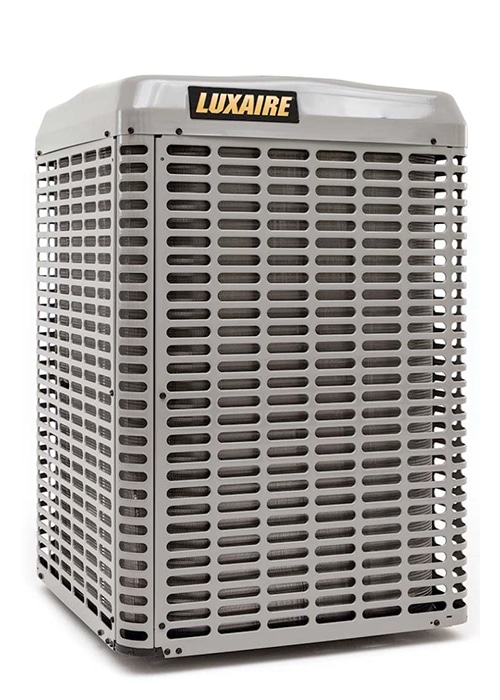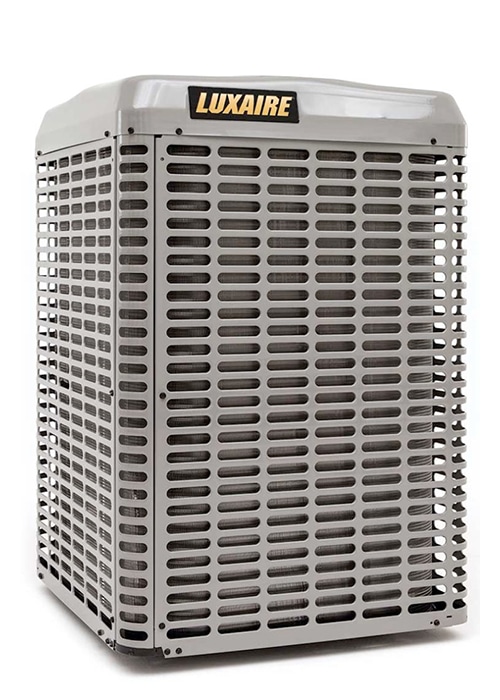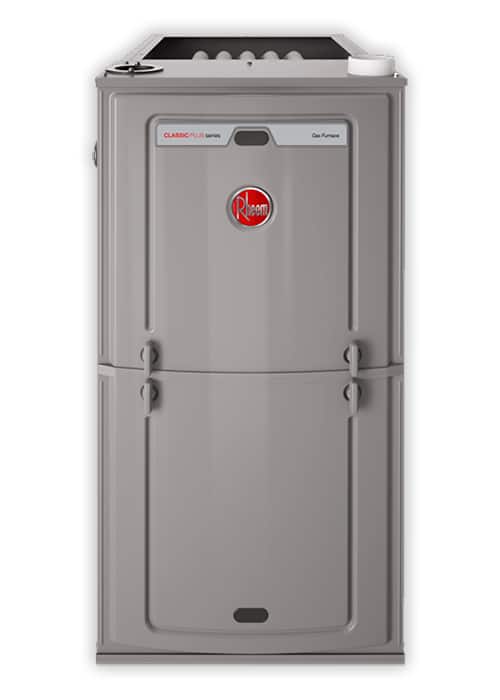Do I Need A Whole House Humidifier?
A whole house humidifier is an asset to your home as it helps with respiratory infections and skin allergies, as well as preserves the wooden materials found in your home.

Dry air in your home damages the wooden floors, doors, and furniture and can also aggravate respiratory infections and skin allergies. Opposingly, high humidity levels increases risk of mold, bacteria, and viruses. A whole house humidifier is intended to maintain the optimal humidity level in your home that is best for both your body and your home.
Experts say that the recommended home humidity level for comfort is between 30% to 55%. An optimally humid home ensures that your family, pets, and plants remain healthy, make cold weather a lot more comfortable, and allow you to breathe better. Achieving an optimally humid home can be done simply by investing in a furnace humidifier.
Furnace humidifiers install directly onto your home’s HVAC system, usually on the ductwork from your furnace. What a furnace humidifier does is moisturize the dry heated air produced by your furnace before it is distributed throughout the house. The process used to moisturize the air differs depending on the type of humidifier.
The Five Types of Furnace Humidifiers
- Bypass humidifiers
Bypass humidifiers take in warm air from the furnace and pass it through an evaporator pad to add moisture to the air. The benefits of this type of humidifier are that it is quiet during operation and consumes less electricity as it runs off the furnace fan. Its downsides are that it can’t operate when the furnace isn’t running and that it is prone to humidity loss. Bypass humidifiers are among the most popular and least expensive house humidifier options.
- Fan-powered humidifiers
Fan-powered humidifiers are much like bypass humidifiers, but have an internal fan to circulate the air through the humidifier and into the home. This type of humidifier is efficient and produces significantly more humidity than bypass models. Automatic fan-powered humidifiers have the additional benefit of working independently from the home’s HVAC system.
- Steam Humidifiers
Steam humidifiers produce the most moisture and use less water, but do use more electricity than other types of house humidifiers. This type of humidifier has a built-in humidistat that measures the moisture in your home and when the humidity drops below a certain level, they use steam to humidify the air. An added benefit of this type of humidifier is that it remains effective no matter the condition of your HVAC system.
- Drum humidifiers
Drum humidifiers consist of an absorbent pad and a rotating drum. The drum moves through a pan of water, which the absorbent pad soaks up. Air flows through the tube and water evaporates from the pad into the air. Drum humidifiers are the least expensive type of humidifier, but require maintenance to avoid the production of mold in the standing water.
- Flow-through humidifiers
A flow-through humidifier uses warm air and an evaporator pad to humidify the air. This type of humidifier requires fresh water that flows through the system and gradually drains away. Although the furnace has a filter pad that needs to be changed at least once per year, this type of humidifier is relatively low maintenance.
If you have any further questions regarding a house humidifier or any other HVAC concerns, don’t hesitate to contact us at any time. Our highly trained and experienced technicians will be happy to help you find the perfect heating and cooling solution for your home. We provide efficient and quick furnace, air conditioner, and water heater replacement done by our team of HVAC professionals. We have a variety of rental, purchasing, and financing options available. Give us a call at 1 (855) 998-2998 or fill out our online request form and we will gladly assist you with your request.
Easy Rentals...








































